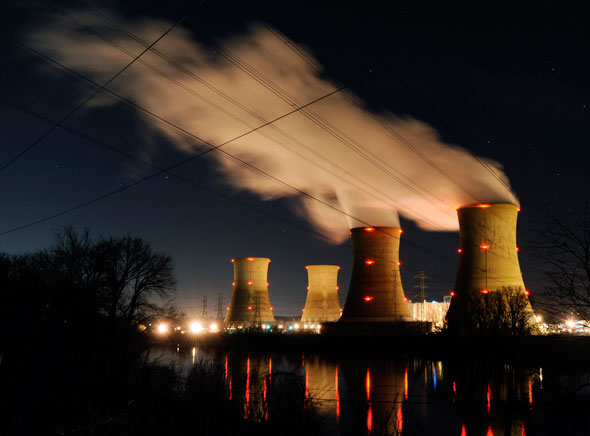By Harvey Wasserman
In the 35 years since the March 28, 1979, explosion and meltdown at Three Mile Island, fierce debate has raged over whether humans were killed there. In 1986 and 2011, Chernobyl and Fukushima joined the argument. Whenever these disasters happen, there are those who claim that the workers, residents and military personnel exposed to radiation will be just fine.
Of course we know better. We humans won’t jump into a pot of boiling water. We’re not happy when members of our species start dying around us. But frightening new scientific findings have forced us to look at a larger reality: the bottom-up damage that radioactive fallout may do to the entire global ecosystem.
When it comes to our broader support systems, the corporate energy industry counts on us to tolerate the irradiation of our fellow creatures, those on whom we depend, and for us to sleep through the point of no return.
Case in point is a new Smithsonian report on Chernobyl, one of the most terrifying documents of the atomic age.
Put simply: The microorganisms that form the active core of our ecological bio-cycle have apparently been zapped, leaving tree trunks, leaves, ferns and other vegetation to sit eerily on the ground whole, essentially in a mummified state.
